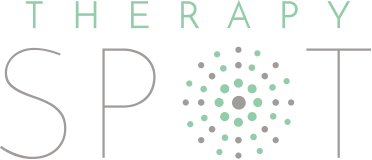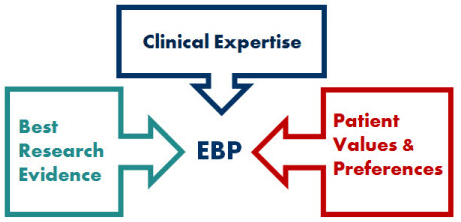A stroke is more than an obstruction of blood within the brain. It causes ischemia, a loss of oxygen, to important brain areas which in turn causes the cells in these areas to die. This is a problem because the areas that have been damaged by a lack of oxygen may be regions of the brain that control basic and higher order human functioning. This means that in many cases, a stroke patient experiences a reduced quality of life. Following a stroke people can experience paralysis or muscle weakness, loss of feeling, speech and language problems, memory and reasoning problems, swallowing difficulties, etc. These seem to be the characteristic results of a stroke but when one cannot do the things they could before, for example remembering the names of loved ones, they tend to get frustrated and feel helpless, which can then lead to emotional consequences.
Here at Simone Friedman SLS, a team of highly skilled speech pathologists do their best to prevent these types of consequences by offering their services to those who have encountered stroke, along with other communication disorders. When dealing with patients, the speech pathologists must conform to evidence based practice. EBP is “the conscientious, explicit and judicious use of current best evidence in making decisions about the care of the individual patient. It means integrating individual clinical expertise with the best available external clinical evidence from systematic research.” (Sackett D, 1996)
Our speech pathologists at Simone Friedman SLS also creatively and thoughtfully come up with a treatment plan that works specifically for a single patient. Of course, there is not one simple standardized treatment for helping these patients who experience speech and swallowing difficulties, because there is not only one standardized type of brain injury that results from stroke. The speech pathologists will set individualized treatment goals and progress reports, to ensure that the patient is growing, learning, and responding in a positive manner.
The speech language pathologists are very flexible with the services they offer. They can assist patients in the clinic, in the community throughout the Greater Toronto Area or even using social media apps such as Skype. The decision of where to hold therapy can be made between the Speech Pathologist and the client and is usually decided based on the goals and the best location to target those goals. Interestingly, the article “Outcomes of speech-language pathology following stroke: Investigation of inpatient rehabilitation and rehabilitation in the home programs”, illustrates how stroke patients who received either in home or inpatient treatment found both to be equally effective. The individual needs of the patient are taken into consideration when using the home based services, along with the tools that are available in the home that can be used for rehabilitation. Many of the stroke patients who needed inpatient therapy had extreme physical deficits with little tools to use at home to be able to help during the initial rehabilitation process. This is important because it provides evidence that shows how using technology or travelling to the patients home does not negatively affect the quality of their sessions with the S-LPs, suggesting that in home therapy is just as effective as therapy within the clinic. This new form of learning is just the beginning of advances in the realm of speech therapy, which always puts the patient first and comes up with treatment that is best for them. If you would like to learn more about the other services offered at Simone Friedman Speech Language Services, visit https://simonefriedmansls.com/ or call 416-546-3044.
References:
Brunner, M., Skeat, J., Morris, M. (2008) Outcomes of speech-language pathology following stroke: Investigation of inpatient rehabilitation and rehabilitation in the home programs. International Journal of Speech-Language Pathology. 10 (5)305-313.
(1997-2016) American Speech-Language-Hearing Association. Stroke. Retrieved from: http://www.asha.org/public/speech/disorders/Stroke/
Sackett, D., Rosenberg, W., Gray, J., Haynes, R., Richardson, W. (1996) Evidence based medicine: what it is and what it isn’t. BMJ. 312:71.



